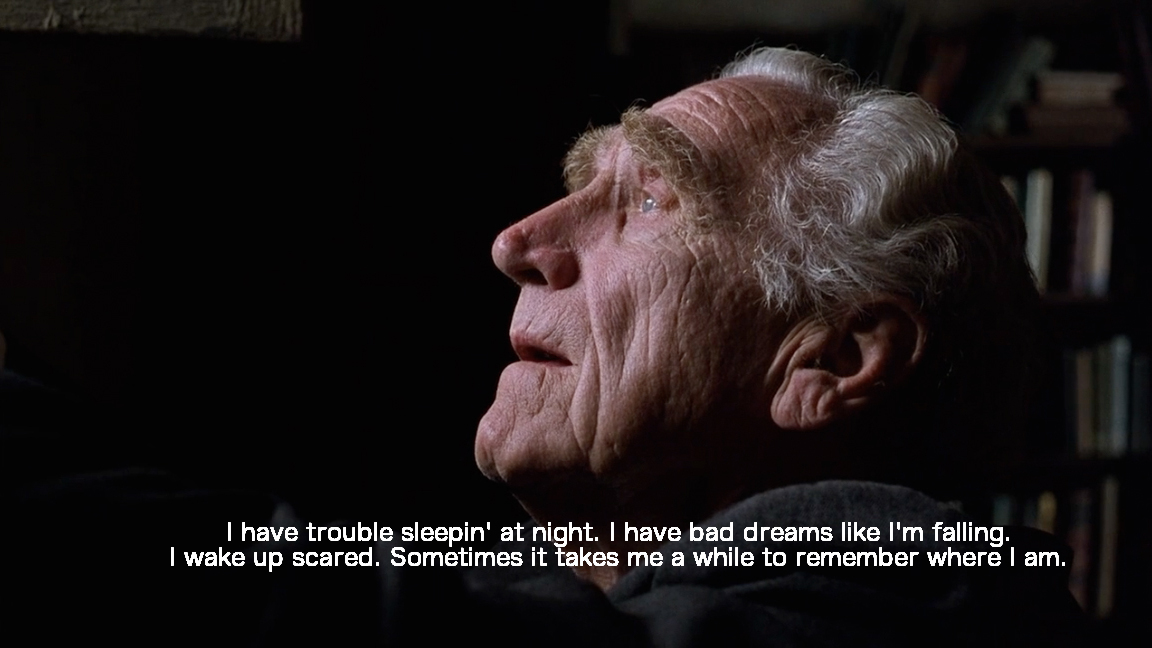
but the cops would have been looking for Andy in a Peruvian sea-coast town named Las Intrudres.” If the papers had been found during my “outside search,” as they call it at The Shank, I would have gone back in on turnaround . . . Just to be on the safe side, I carefully rewrote each page which mentioned Zihuatanejo. Then I remembered how Andy had brought in his five hundred dollars back in 1948, and I took out my story of him the same way. Mexican police gladly cooperate with the American police, and I didn’t want my freedom-or my unwillingness to give up the story I’d worked so long and hard to write-to cost Andy his. They search outgoing parolees almost as carefully as they search incoming “new fish.” And beyond containing enough dynamite to assure me of a quick turnaround and another six or eight years inside, my “memoirs” contained something else: the name of the town where I believe Andy Dufresne to be. “I came very close to burning the document you have just read. The construction businesses in the area were deathly afraid of Norton’s Inside-Out program, because prison labor is slave labor, and you can’t compete with that.” But he had it coming another way, as well. There were a hundred ways to do it-men, materials, you name it. Norton was right in there on every operation, thirty-year church-pin and all from cutting pulp to digging storm-drains to laying new culverts under state highways, there was Norton, skimming off the top. The prisoners called it “road-ganging,” but so far as I know, none of them were ever invited to express their views to the Kiwanians or the Loyal Order of Moose. Norton called it “Inside-Out” and was invited to explain it to damn near every Rotary and Kiwanis club in New England, especially after he got his picture in Newsweek. There were prisoners out cutting pulpwood, prisoners repairing bridges and causeways, prisoners constructing potato cellars. In the press it sounded like a real advance in practical corrections and rehabilitation. “It was Warden Norton who instituted the “Inside-Out” program you may have read about some sixteen or seventeen years back it was even written up in Newsweek. But I am betting he disappeared in the direction of Buxton.”

He came out of the sewer-pipe and he disappeared like smoke. There was not so much as a barking dog in a farmyard. The story broke big in the papers, as you might guess, but no one within a fifteen-mile radius of the prison stepped forward to report a stolen car, stolen clothes, or a naked man in the moonlight. Two miles from there a search party found his prison uniform-that was a day later. At the far end of the pipe they found a set of muddy footprints leading out of the sluggish, polluted creek the pipe fed into. If it had been me, the claustrophobia would have driven me mad a dozen times over. He must have had just enough clearance at the shoulders to keep moving, and he probably had to shove himself through the places where the lengths of pipe were joined. Maybe the rats scattered in front of him, or maybe they went for him the way such animals sometimes will when they’ve had a chance to grow bold in the dark. He crawled through foulness that I either can’t imagine or don’t want to imagine. He crawled that distance, maybe with one of those small Penlites in his hand, maybe with nothing but a couple of books of matches.

“He would have known or found out that the sewer-pipe running out of Cellblock 5 was the last one in Shawshank not hooked into the new waste-treatment plant, and he would have known it was do it by mid-1975 or do it never, because in August they were going to switch us over to the new waste-treatment plant, too. He looked like the sort of boy who might whistle while he worked, and he often did so.” They were the kind that come with your name printed inside-JACK AND MARY BURKE, OR DON AND SALLY, OR THE MURCHISONS. He also looked like the kind of kid who might sell greeting cards for premiums, and he had done that, too. He looked like the kind of kid who might have a paper route, and as a matter of fact, he did-he delivered the Santo Donato Clarion. He was smiling a summer vacation smile as he pedaled through the sun and shade not too far from his own house.

Shawshank sounds like youve done time all over new england skin#
“Apt Pupil 1 He looked like the total all-American kid as he pedaled his twenty-six-inch Schwinn with the apehanger handlebars up the residential suburban street, and that’s just what he was: Todd Bowden, thirteen years old, five-feet-eight and a healthy one hundred and forty pounds, hair the color of ripe corn, blue eyes, white even teeth, lightly tanned skin marred by not even the first shadow of adolescent acne.


 0 kommentar(er)
0 kommentar(er)
